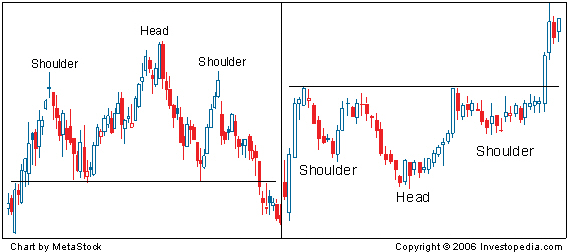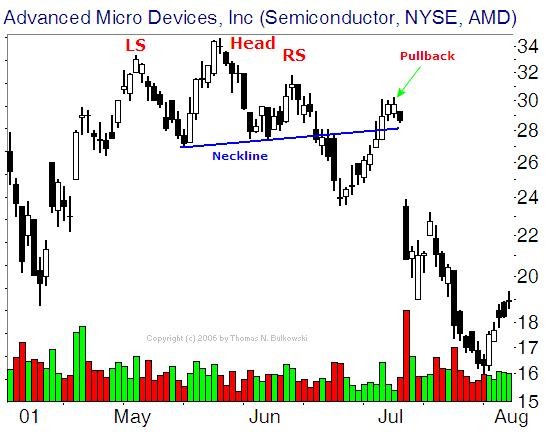How to trade Head and Shoulders Chart Pattern_1
Post on: 24 Май, 2015 No Comment

11:53 AM
I know that being technical can be a little bit boring but it is very important. We can spend all the time in the world talking about what it means to be a trader and how great it is, but you can only experience it through hard work.
Last time we spoke about mysterious shapes that are visible in our charts if we care to see them. We call them chart patterns. In my last blog post we have discussed double bottom and double top formations . Today I will talk about Head and Shoulders and Inverse Head and Shoulders. It sounds like a shampoo commercial, I know, but both, professionals and retail traders love it.
Head and Shoulders
One of the reasons this particular chart pattern is so popular is its reliability.
Just like double top and double bottom . head and shoulders is a reversal pattern. When the pattern is formed it signals that the security is likely to move against the previous trend .
Head and Shoulders and Inverse Head and Shoulders are also known as head and shoulders top and head and shoulders bottom. respectively.
Head and Shoulders Top and Bottom
Head and shoulders top forms during the peak of an uptrend. Once the pattern is formed it is a signal that the price will fall.
Head-and-shoulders bottom signals that the price will rise and usually forms during a downward trend.
Peaks and Troughs
The head and shoulders are sets of peaks and troughs. The level of support or resistance is known as the neckline. This pattern is based on Dow Theory that states that an uptrend is a period of repeated rising peaks and rising troughs while a downtrend is a period of falling peaks and falling troughs. When one of these trends weakens, head and shoulders come into play by providing you with the signal that there is deterioration in peaks and troughs.
Head and Shoulders Top
Before I say anything please have a look at the image below. As you can see in the picture it looks like a formation of a human. Left shoulder, head and then the right shoulder. In fact with this explanation Ive given you three out of four steps in the formation of this pattern.
- It starts with the left shoulder, which is formed when the prices hit a new high and bounces of it to a new low.
- Step two is the formation of the head. This happens when the price once again creates a new high but can’t stay there and comes back near the low of the left shoulder.
- Step three is the formation of the right shoulder. This happens when the price once again forms a high, but this time it has to be lower than the one formed by the head and again comes back to the low formed by the left shoulder.
- Since the same low, created by the left shoulder, was reached three times, we can safely say that this is the level of resistance, we also call it the neckline. To complete the pattern the price now needs to break the neckline (resistance) and signal the reversal of the trend.

Let’s simplify what I’ve just said. This pattern is formed by a peak, left shoulder, followed by a higher peak, head, and another lower peak, right shoulder. Take note when drawing the neckline, you should connect the lowest points of the two troughs. The slope of this line can be either up or down. It doesnt have to be perfectly straight line. There is a belief that down-sloping line is a more reliable signal.
Entry orders are often put under the neckline. For the profit target, the measurement between the neckline and the high point of the head is taken. This is approximately how much the price should move after it breaks the neckline.
Head and Shoulders Bottom
Head and shoulders bottom is the exact opposite of the head and shoulders head. It is formed during a downtrend to signal its reversal.
As you can see the steps to this formation are a trough, left shoulder, followed by a lower trough head, followed by a higher trough, right shoulder.
The entry order should be under the neckline and the profit target should be the same as the distance between the neck and the high point of the head.
Will you be using Head and Shoulders chart pattern in your trading at The Forex Championship ?
About the author:
Vladimir Petropoljac is an experienced trader, financial and investment consultant and an author of Rallied! The Alternative Guide to Becoming a Trader, currently living on a sunny island in the middle of Mediterranean – Malta.














